A tale of 4 SDLM's
humble5zone9atx
9 years ago
Related Stories
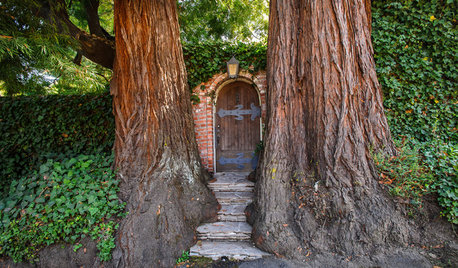
FUN HOUZZ14 Gardens Straight Out of Fairy Tales
Escape into landscapes that conjure the magical worlds of folklore and literature
Full Story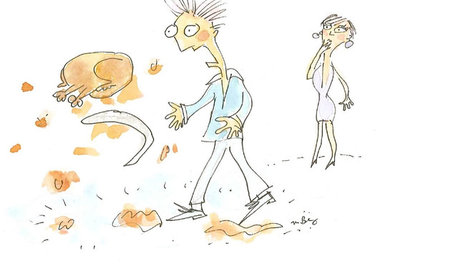
MOST POPULARThanksgiving Tales: When the Turkey Tanks
Houzz readers prove adept at snatching victory from the jaws of entertaining defeat
Full Story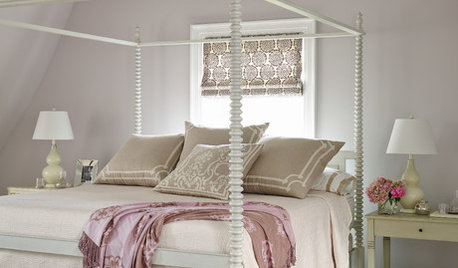
DECORATING GUIDES11 Fairy-Tale Bedroom Flourishes to Fall in Love With
Add an enchanting finishing touch to a luxurious boudoir with these pretty accessories and small furnishings
Full Story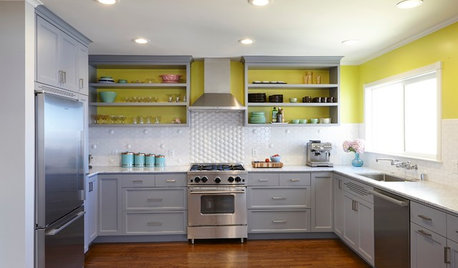
LIFEYou Said It: ‘Art Is a Great Way to Begin the Tale’ and More Quotables
Design advice, inspiration and observations that struck a chord this week
Full Story
KITCHEN DESIGNMagic Mirrors Emerge From Fairy Tales
Amazing advancements in computers, interfaces and glass point to a future in which smart surfaces are commonplace in the home
Full Story
FUN HOUZZ31 True Tales of Remodeling Gone Wild
Drugs, sex, excess — the home design industry is rife with stories that will blow your mind, or at least leave you scratching your head
Full Story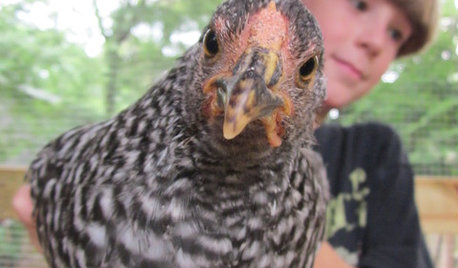
FARM YOUR YARD4 Farm-Fresh Chicken Coops in Urban Backyards
These Atlanta henhouses are worth crowing about for their charming, practical designs
Full Story
LIFEHouzz Call: How Are You Handling the Record-Breaking Cold?
Share your tales, strategies and photos for everything polar vortex
Full Story
DECORATING GUIDES10 Design Tips Learned From the Worst Advice Ever
If these Houzzers’ tales don’t bolster the courage of your design convictions, nothing will
Full Story
BEDROOMS9 Ways to Dress a Four-Poster Bed
Complete the fairy-tale look or go as modern as you like with canopies, swags, drapes — or nothing at all
Full StorySponsored
Columbus Design-Build, Kitchen & Bath Remodeling, Historic Renovations
More Discussions








roseseek
humble5zone9atxOriginal Author
Related Professionals
Manorville Landscape Architects & Landscape Designers · Woburn Landscape Contractors · Fort Worth Landscape Contractors · Newnan Landscape Contractors · Palatine Landscape Contractors · Rockville Landscape Contractors · Round Lake Landscape Contractors · Whitehall Landscape Contractors · Casselberry Landscape Contractors · Selma Landscape Contractors · Shenandoah Landscape Contractors · Huntsville Swimming Pool Builders · Jacksonville Swimming Pool Builders · Milford Siding & Exteriors · Philadelphia Siding & Exteriorsroseseek
humble5zone9atxOriginal Author
buford
roseseek